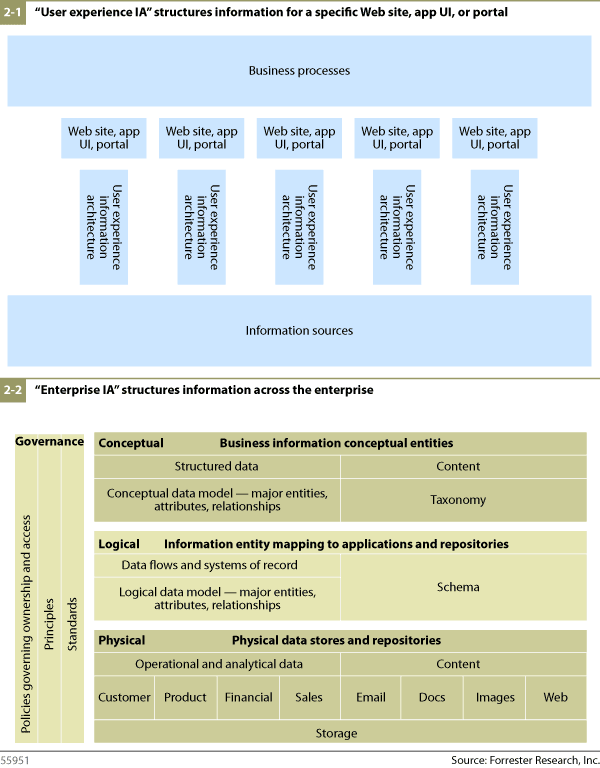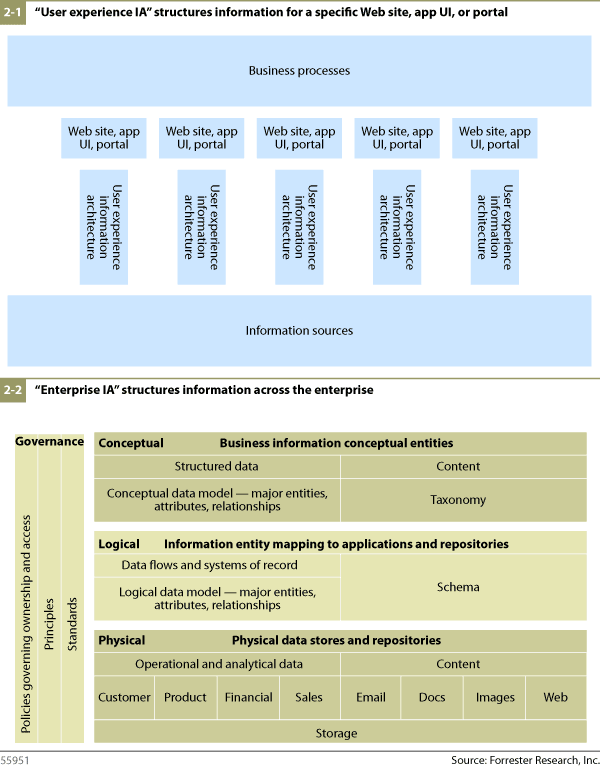Abstract
Business environment in this 21st century relies on an extraordinary level of managerial intelligence and information management. A solid Information architecture (IA) could be a cornerstone in enabling information based business intelligence with extensive integration of various information contents in enterprise architecture (EA). But this IA based EA is yet to get the highest priority among top management of almost all organizations and IA is still being considered as a future technology rather than a recently added Information Management and technology based tool for content integration. We can develop a simplified procedure for the implementation of IA for business intelligence and content integration. Till date IA has been more of a problem for EA rather than an asset for developing better business delivery. The requirement for high-quality and properly organized real-time data and information for a robust IA has its own set of difficulties. Hence the utilization of IA as advancement in information management software for enabling new business capabilities could be made possible with thorough understanding of the system as a whole and here we intend to develop a way for enabling IA based Business Intelligence for EA in simplified steps and procedures.
Research Motivation
All Information Technology systems as well tools for Information management have got its existence for information transmission and access. Information architecture (IA) provides the foundation for linking an organization’s information assets to that of their business processes as well as the IT systems which are supposed to manage the information of the organization. The sole purpose of the above mentioned infrastructure is to provide right information to the right people at the most appropriate moment and hence enabling consistency in the working of various sections of the enterprise (Zachman, 1987). But still IA is yet to be placed on the top of most of the enterprise’s priority list and hence various organizations are yet to visualize the benefits of technology high-impact capabilities like predictive Business Intelligence and content integration. Enterprises could make significant gains in terms of derived business value through the use of IA based BI and content management and integration (Leganza, 2010).
Introduction
Information Architecture is basically a framework providing a thoroughly structured description of an enterprise’s information assets. An organization’s information assets generally consist of structured data as well as several other contents which are either unstructured or semi structured. These contents have its relation with several other processes and systems of an enterprise, namely, business processes, business management, and IT systems. Information Architecture provides abstractness over the structure of information in the enterprise under macro status as well as the structure of information being made available to the user as per provided context with micro focus (Zachman, 1996).
Initially IA was basically the structure of information or data being organized for enterprises’ Website but has now been extended to the complete structure of information that forms the part of the enterprise and a more general term for this IA is “enterprise IA”. But the whole issue is looked upon with application point of view that the same information could be used for individual/corporate website, application UI, “Decision Support System” etc. and hence the more general term of IA with user perspective is that of “user experience IA” (Cook, 1996).


Structuring of Information Architecture in an enterprise is not confined to information arrangement and design but actually enabling a system through which a provision could be made so that the most appropriate set of information in the best conclusive way be made available to the user who needs it.
Proposed Methodology
IA’s most primary role in terms of technology and implementation is that of an IT function which would enable consistent access to the data to be used for suggestive business intelligence. The methodology for simplified implementation of business intelligence and content integration over robust Information Architecture would require implementation as per given sequence of stages.
- Stage 1: Categorization of a formal IA through data integration and data services implementations.
- Stage 2: Emphasis on Data governance.
- Stage 3: Technical and application architectures are much stronger domains for most EA programs.
- Stage 4: Enabling Value delivery in current scenario.
The stages would have its basis on Orna’s (1999) information policy development process providing an effective way of developing IA over sound Information management activities and strategies.

Apart from the four stages of development, there are several other important aspects that need to be formalized. The beginning of this formal approach is to look for the projects which might compound, delay or pose a problem in the development of IA based on information management practices. For such type of semi-projects, first the problem in the traditional way of handling that project needs to be corrected. As, information management is a process that gets initiated when it is looking for a reasoned decision making through consensus override and careful analysis. It sometimes restricts the Decision Support System from any positive communication necessary for taking any realistic decision while evaluating any new options. And when the above described adherence towards the traditional architecture makes its way then this incapacitate the IA based DSS from making any logical business decision (Nelson, 2004).
Hence, considering the project as a single physical system, the goal could be subdivided into the five following focusing steps:
- Identification of system constraints.
- Exploiting those constraints
- Everything else should be subordinated to the given set of system constraints.
- The system should now be elevated.
- Figure out any new system constraints and if any then repeat the above mentioned steps. Inertia mustn’t be a system constraint (DoD, 1997).
Implementation
In Planning Mode of IA, the developed plan of the project is actually with reference to the target end date while moving backwards in time. This focus is on completion date because of the normal project assignment procedures in which it’s the result date that is being provided rather than the project start date. Now the planner’s job is to determine the start date from the one has to look for the beginning of the project. Backward planning is about defining a project into tasks, duration of those tasks, its dependencies and scheduling everything backwards in time from previously given project end date.
IA is basically a departure from traditional architecture for information management. The possible benefits can be ascertained with the use of a production analogy where work-in-progress which generally doesn’t incur costs earlier than necessary is being minimized by the planner. Increasing knowledge is the key that associates all sorts of benefits with as-late-as-possible scheduling as it sharply reduces the need for a re-work. The only visible drawback of this as-late-as-possible scheduling might schedule all work as-late-as-possible and hence possibility of its occurrence is remote (Boar, 1999).
Estimation is being done through two basic approaches. The first approach involves the development of a task wise single estimation of duration. In the case of second approach, two duration estimates are being developed for each task. In the case of single duration method with a goal, there is 50% probability of a task being met. This assumption also has a different meaning according to which there is also a 50% chance that the task will outrun the estimate. At the same time, there could be a possibility that the task might take shorter time than the estimate. Now when an estimate is being derived, a few assumptions are normally made. The first of all be that of material and information and they are being assumed to be present on hand. Another assumption is about the focused approach which would remain intact throughout the duration of the project. And the final assumption is that of smooth running of the project which means there wouldn’t be the occurrence of any surprising addition or deletion or instances throughout the plan.
Conclusion
It has always been very difficult in implementing robust IA programs and struggle to initiate business intelligence over a solid foundation of IA begins with resource allocation as well as identification of proper enterprise information. The revolutionary use of information through IA has been in sharp contrast to all other traditional architecture. Hence implementation of Business Intelligence & Content Integration over a robust Information Architecture has to be based on the vision of high-level goals, key principles, the benefits to attain business objectives and a very stable and predictive Decision Support System. A simplified and elaborate technique for implementation could easily bring the both conservative and traditional aspect of information management and modern tools based IA on the same platform.
References
Boar, B. H. 1999, Constructing Blueprints for Enterprise IT Architectures. Wiley Computer Press. New York, NY
Cook, M. A. 1996, Building Enterprise Information Architectures: Reengineering Information Systems. Prentice Hall. Upper Saddle River, NJ.
Department of Defense, C4ISR Architecture Working Group, 1997 DoD C4ISR Architecture Framework,Version 2.0,
Leganza, G. 2010, Information Architecture for Enterprise Architecture Professionals, Forrester Research
Nelson. K. 2004, A Multi-Methodological Examination of Information and Knowledge Management (IKM) in Business Context.
Orna, E. 1999, Practical Information Policies: How to manage information flow in organizations, Aldershot, England
Zachman, J. A. 1987, A Framework for Information Systems Architecture. IBM Systems Journal. Vol. 26(3).
Zachman, J. A. 1996, The Framework for Enterprise Architecture: Background, Description and Utility.